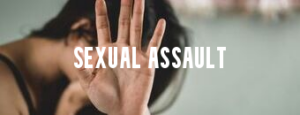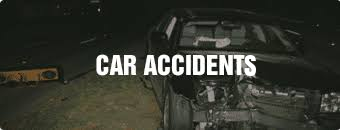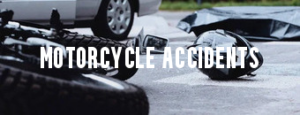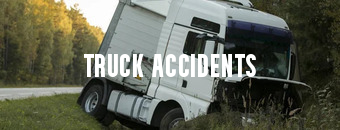#AskKevinButler
The snow and ice of winter might finally be over, but the risk of becoming the victim of a slip and fall accident remains. In fact, the nicer weather that encourages people to get outdoors and walk instead of taking the family car or public transportation increases the likelihood of slipping and falling. Falling and being injured is such a frequent occurrence that everyone needs to know what to do if they are injured.
What is a slip and fall accident?
Tripping and falling is such a common occurrence that people might think there is nothing they can do about it if they suffer a serious injury. When lawyers speak about slip and fall accidents, they are referring to incidents occurring because of some type of hazard or defect that causes someone to lose his or her balance and fall to the ground.
Hazardous conditions might include the following:
- Broken or uneven sidewalks
- Potholes in parking lots
- Uneven steps
- Water, debris, or other substances on a floor
- Inadequate lighting in stairwells or outdoor areas making it difficult to see
- Broken or loose handrails
- Snow or ice
The backyard of someone’s home can be the site of multiple hazards, including:
- Garden hoses left where people walk
- Wires and extension cords across pathways
- Toys and garden tools left on the ground where people walk
- Holes or depressions in lawn areas
- Slippery surfaces around pool areas
Any condition that property owners know or should know could be hazardous to people walking in the area could make them liable in the event a person is injured in a fall.
Types of injuries frequently suffered in a slip and fall
One of the most common types of injuries suffered in a slip and fall accident is a soft tissue injury. Soft tissue injuries refer to injuries to tendons, ligaments and muscles. They may include ankle, wrist or knee sprains and can cause pain, discomfort and limitation of motion in the affected area. These injuries can be difficult to prove because they may not show up on X-rays or other forms of diagnostic imaging.
Head injuries are another common complaint from people following slip and fall accidents. The extent of the injury could range from a minor concussion to a serious traumatic brain injury. The danger presented by an injury to the head is that a victim might not realize the damage caused by the fall for several hours following the accident.
Individuals who fall and strike their heads should go to their doctor for an evaluation. The fact you might feel alright immediately following the accident does not mean you should ignore it. Traumatic brain injuries can cause long-term disability and even death.
Other injuries associated with slip and fall accidents include the following:
- Cuts, lacerations and abrasions
- Spinal cord injuries
- Fractured bones
- Injuries to internal organs
Anyone involved in a slip and fall incident should be evaluated by a doctor to determine the extent of any injuries.
Liability for slip and fall injuries
The Ontario Occupiers’ Liability Act makes anyone in physical possession of the premises where a slip and fall accident occurs responsible for ensuring the safety of anyone lawfully using the premises. A retail store in which a customer slips on a substance employees failed to clean from the floor following a spill could be liable for the payment of compensation to the injured customer under the provincial law.
Ontario personal injury lawyers
If you are injured in a slip and fall accident, the personal injury lawyers at Diamond and Diamond have years of experience successfully handling compensation claims for people injured through the negligence of the owners and occupiers of stores, offices, homes and other premises. Call their 24/7 injury hotline at 1-800-567-HURT or visit their website to speak to someone now. They offer free consultations and case evaluations to injured victims throughout Ontario.











 1-800-567-
1-800-567-


